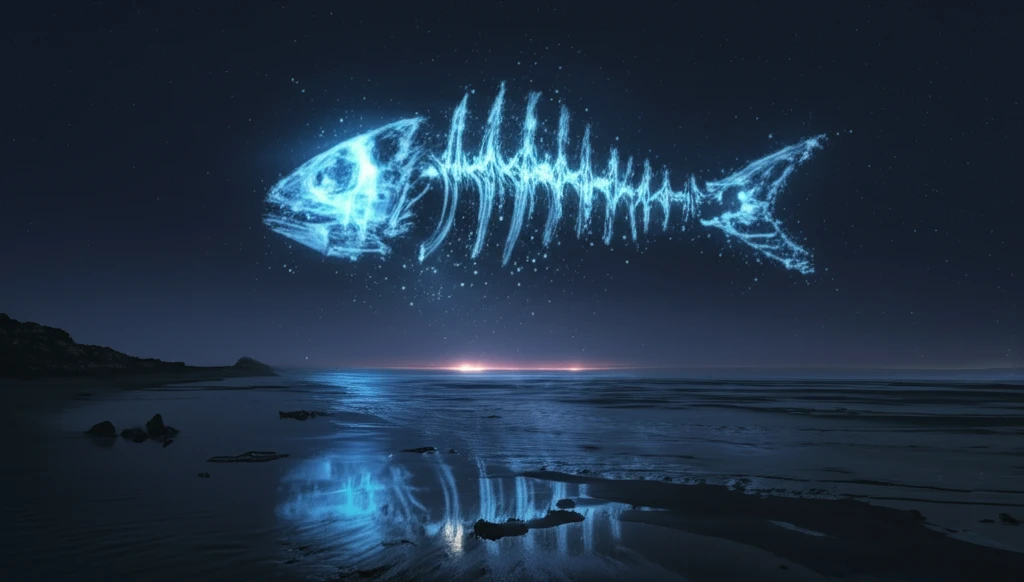
Decoding Dinner: How Fish Bone Measurements Unlock Secrets of Patagonian Waters
"Dive into how scientists are using seemingly small clues—fish bones—to understand predator-prey relationships and conserve marine life in the Southwest Atlantic."
The Patagonian Shelf, a vast expanse of ocean in the Southwest Atlantic, is home to a complex web of marine life. Among its key inhabitants is the Argentine hake, Merluccius hubbsi, a fish species not only commercially vital but also ecologically significant. Merluccius hubbsi plays a crucial role in the diet of numerous top predators, making it a central figure in the region's food web.
Understanding the dynamics of this food web is essential for effective conservation and management. Traditionally, scientists have relied on analyzing stomach contents to determine what predators consume. However, this method has limitations. Fish bones, particularly those from the head and pectoral girdle, offer a more durable and reliable alternative.
Recent research has focused on using morphometric relationships—measurements of bone structures—to estimate the size and characteristics of Merluccius hubbsi preyed upon by other species. This innovative approach provides valuable insights into predator-prey interactions, contributing to a more comprehensive understanding of the Patagonian marine ecosystem.
Why Fish Bones? Unlocking the Data Hidden in Marine Ecosystems

Analyzing fish bones, particularly those resistant to digestion, offers several advantages over traditional stomach content analysis. Otoliths (ear bones), cranial bones, and pectoral girdle bones can be identified even when significantly eroded, offering a more complete picture of a predator's diet.
- Species Identification: Bones allow for accurate identification of prey species, even when other remains are unidentifiable.
- Size Estimation: Bone measurements can predict the size of the prey, providing insights into predator preferences and energy transfer within the ecosystem.
- Dietary Insights: Analyzing bone fragments in predator stomachs reveals a broader range of prey consumed, including those that might be missed by traditional methods.
Looking Ahead: Protecting Patagonian Biodiversity
The study highlights the importance of using innovative methods to understand and protect marine ecosystems. By incorporating bone analysis into dietary studies, researchers gain a more accurate and comprehensive view of predator-prey interactions. This knowledge is crucial for developing effective conservation strategies and ensuring the long-term health of the Patagonian Shelf.
